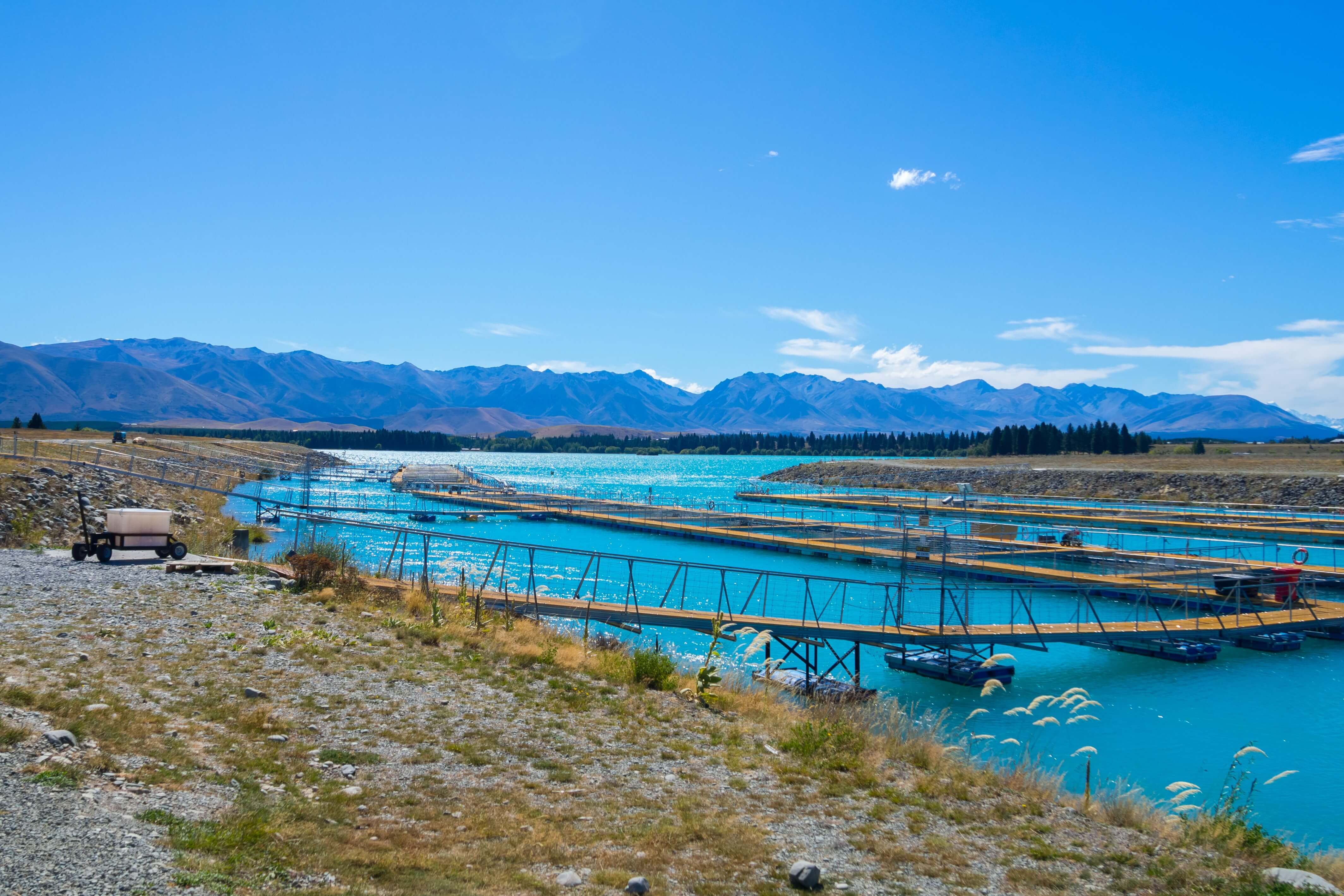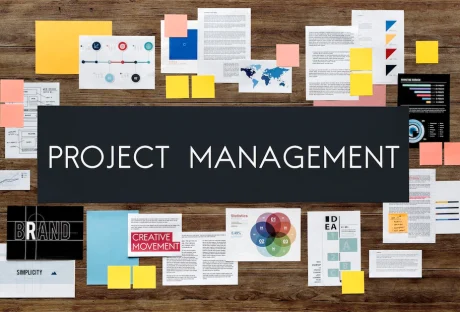If you’ve been paying close attention to the world today, then you probably notice a shift and the way workplaces are doing things.
Largely due to the fallout of the covenant, organizations had to adapt to changes in the way human resources are performed, changes in the way business are done, and deal with issues like the supply chain or employee retention problems.
There are many factors that play a role in this, but one of them is not recognizing or encouraging employees. People who work in teams want to receive constructive feedback and recognition for a job well done.
It’s just part of being human. That’s where an employee recognition program can really come in handy.
Employee recognition can help employees perform better and ultimately create success for the business. In this article, we’ll go over five ways an employee recognition program can be beneficial for your business.
Check it out below.
5 Employee Recognition Can Help Employees Perform Better

1. Performance Management
One way an employee recognition award program can help your staff is by helping them work within a model of performance management. Instead of receiving an evaluation or performance review every six months to a year, performance management works on a continuous basis.
As part of an overall employee recognition platform, continuous performance management can help coach, train, and develop talent as they work throughout the organization. In continuous performance management, employees receive coaching and development regularly.
It’s usually accomplished through a platform that allows for performance reviews, counseling, rewards, and even termination if that’s necessary.
It’s a comprehensive system that can help develop talent and retain them instead of forcing them to deal with performance review bias, performance issues, and a lack of direction from their management.
2. Regular (360 Degree) Feedback
Feedback can take all shapes and forms. But 360-degree feedback is probably one of the most comprehensive and best ways to provide feedback to a team.
In this model of feedback, instead of receiving feedback once in a while, you get feedback regularly from everyone who works with you.
This might be somebody who is a direct report, your supervisor, a coworker, or anyone within the organization that works with you regularly.
The idea behind this is to get a comprehensive overview of your strengths, and weaknesses, where you’re doing high-quality work, and where some work might be needed. In this model, employees can work together and create camaraderie instead of just getting feedback when a goal gets accomplished.
It has to be done in a continuous and professional manner in order to be effective. But, if you get it right, 360-degree feedback can be a boon to employees across the organization.

3. Learning Management Systems
Deep down, employees want to learn and grow with their company. Most people don’t want to stagnate or be left behind when things change within their industry.
It’s important to build up soft skills and skills related to the industry throughout their tenure with the company. One thing that managers can do during check-ins and meetings is to follow up on skill assessments and learning goals to help encourage growth within the company.
But another aspect of employee recognition also involves helping your employees learn. That’s where Learning Management Systems come in. Most companies have some sort of proprietary LMS that they can use to help their employees learn new skills.
Recognizing the potential in a staff member and putting them through the proper courses to encourage it is critical to helping them grow and Thrive at your organization. Implement a learning system along with recognition to get the most out of your employees.
You can also sign up for a leadership learning course to understand the gaps that need to be filled when managing your workforce. A good leader can have a stronger grasp over their employees and simplify the workflow better.
4. Rewards
Just like recognizing individuals for their accomplishments, providing rewards and incentives is important. People like to receive something tangible along with accolades whenever they accomplish something worthwhile.
Even if it’s just a milestone or anniversary, it’s still vital to ensure your employees are getting something back for their hard work. Monetary awards like bonuses and paid time off can be quite beneficial.
Non-monetary rewards like gift cards, dinners, a free class, or some work-from-home days, can also be great incentives to encourage your employees to recognize each other. Whatever you decide to do in the rewards department, make sure it’s something worthwhile and valuable.
Somebody works hard for your company, the last thing you want to do is insult them with something that isn’t going to make them want to work to the best of their ability.
Rewards are integral to any employee recognition program, so make sure you offer the best ones you can think of when setting up your program.
5. Social Recognition
Social recognition is what employee recognition programs are all about. People like to know that they’re doing a good job, especially right after they’ve shown what they’ve accomplished. In order to be effective, employee recognition has to be prompt, specific and performed often.
That’s the beauty of using a technology platform to do it. With regular interaction, social recognition plays a key role in any strong employee recognition programs.
By implementing an employee recognition platform at your company, you can keep everybody on the same page by recognizing each other’s accomplishments, helping to create a positive working environment for everyone at the company.
Additionals:






















